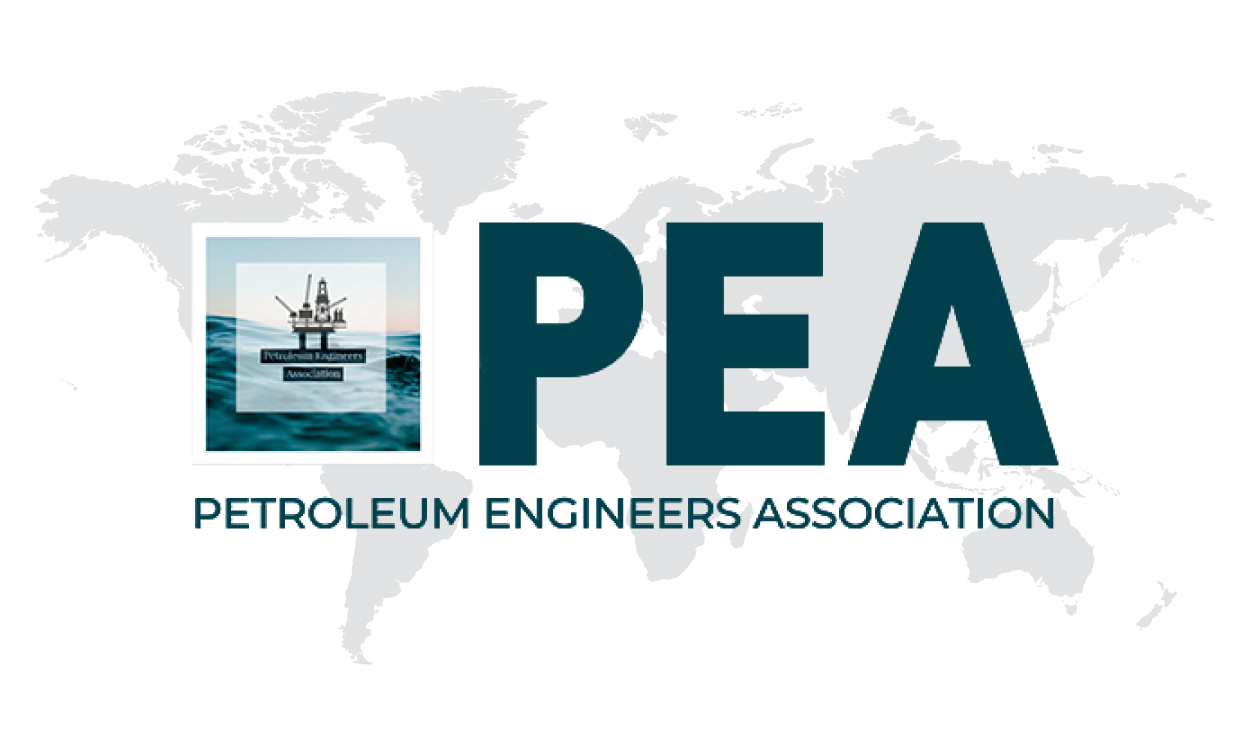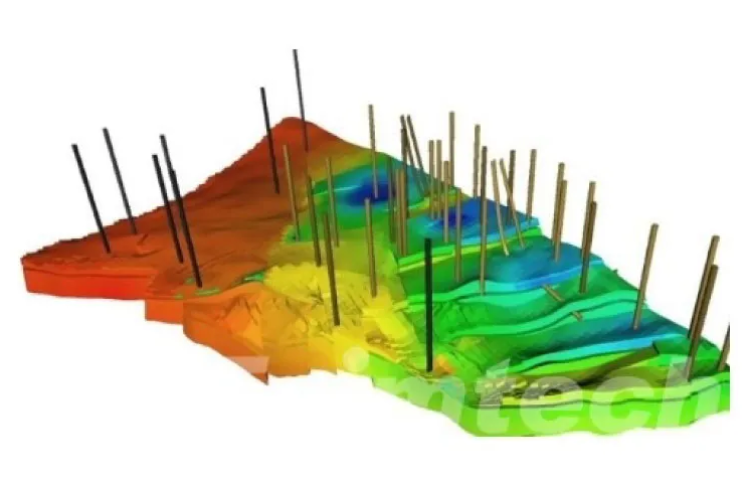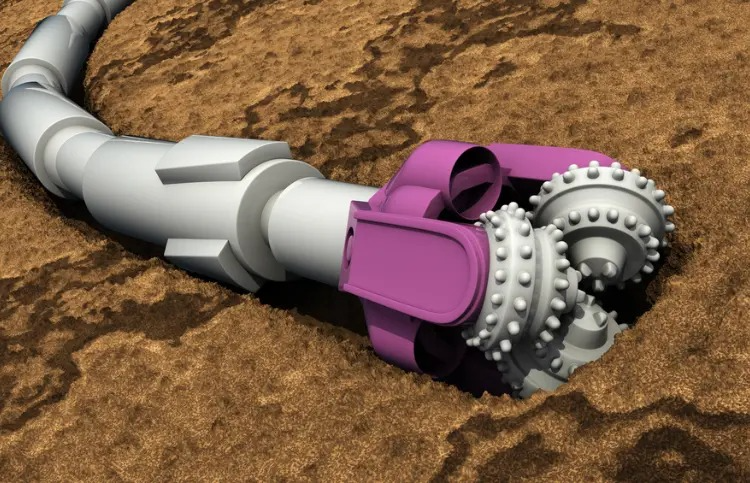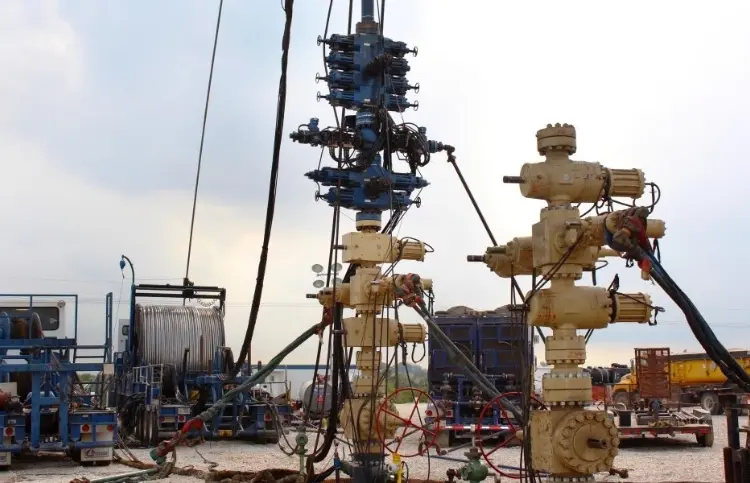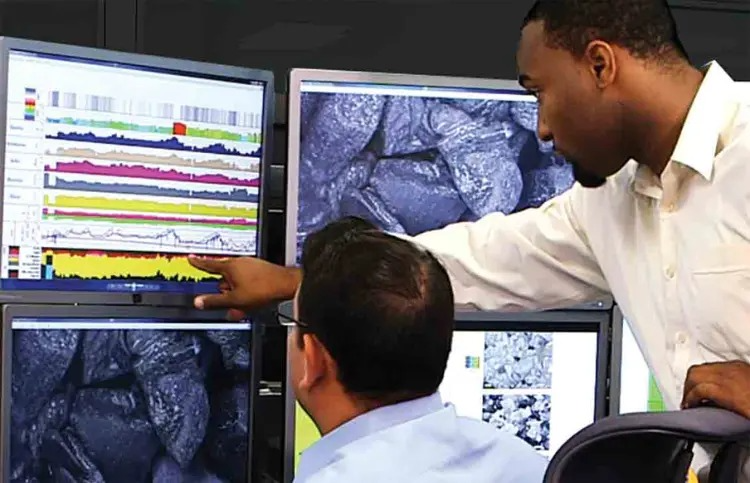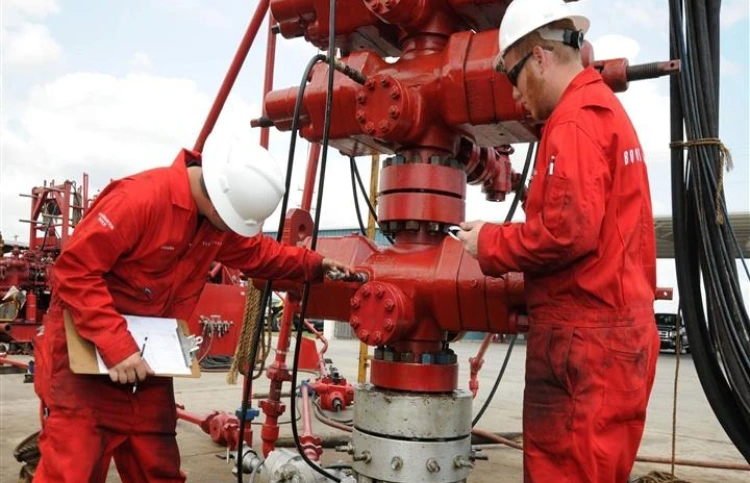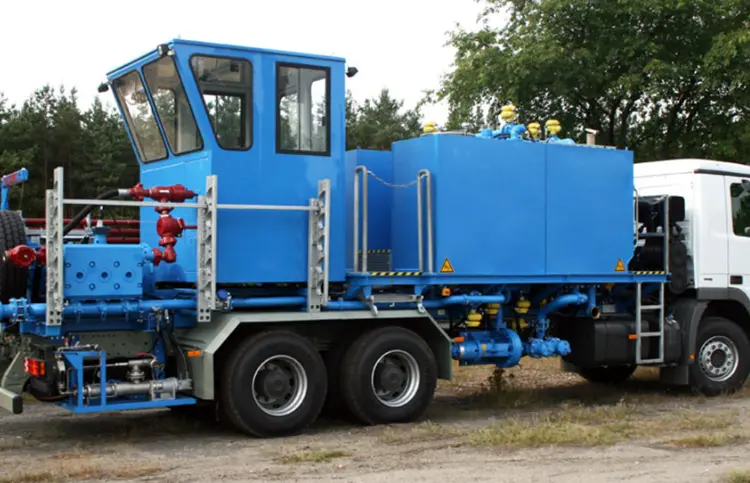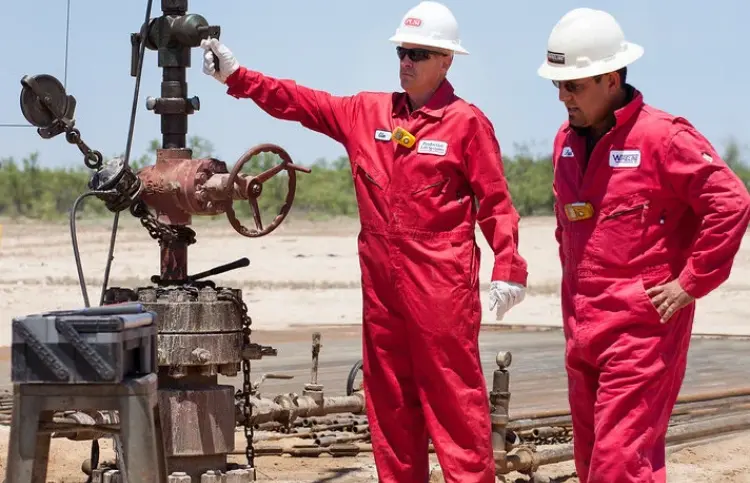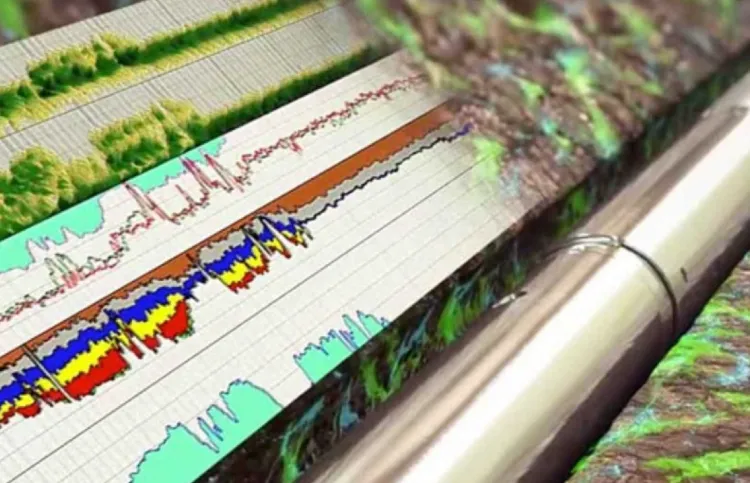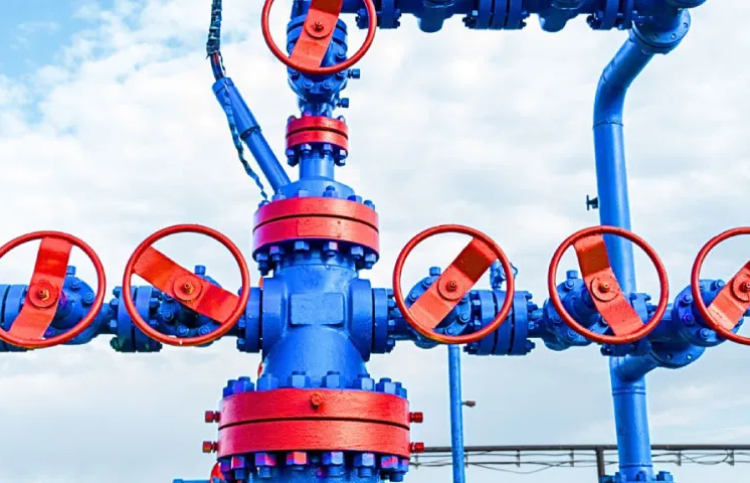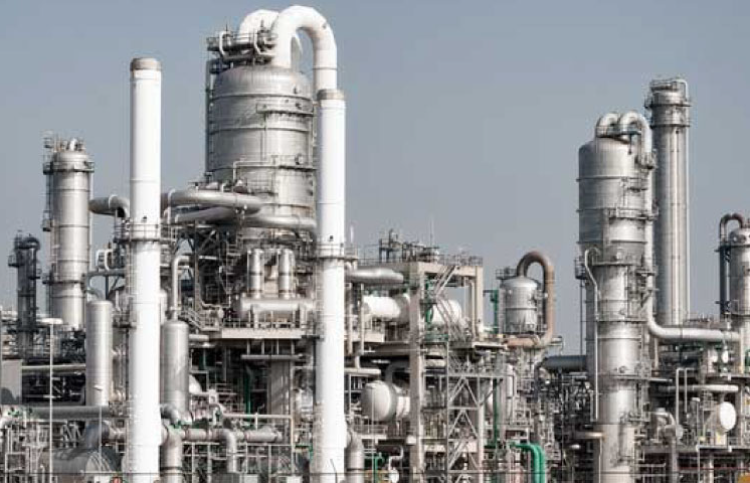Fundamentals of Reservoir Engineering
| Code | Duration | Fee Per Person |
|---|---|---|
| PEA-RE-EL |
20 Hours
|
350
|
This is a self-paced, on-demand e-learning course. Upon enrollment, all course videos and materials will be delivered to your email within 12 hours. A certificate will be issued upon successful completion of the required quizzes and assignments.
Boost your team's skills and your budget! Enjoy group discounts for collaborative learning. Send an inquiry to info@peassociations.com.
Fundamentals of Reservoir Engineering
This self-paced program introduces the essential principles of reservoir engineering through structured modules, case studies, and applied assignments designed for professionals and aspiring engineers.
Description
Reservoir engineering is a cornerstone of oil and gas operations, shaping how resources are evaluated, developed, and optimized. This comprehensive e-learning course demystifies complex reservoir concepts by presenting them in a structured and accessible format. Participants will explore reservoir rock and fluid properties, PVT relationships, aquifer characterization, well testing, recovery mechanisms, and simulation models. With recorded lectures, study materials, and case-based assignments, learners gain both theoretical grounding and industry-aligned application, all backed by ISO 9001:2015 quality standards.
The ability to accurately evaluate and manage hydrocarbon reservoirs is a decisive factor in oil and gas success. Yet, knowledge gaps in this discipline often result in inefficiencies and missed opportunities. This course bridges that gap by providing a clear, conceptual pathway into reservoir engineering. Whether you are starting your career or expanding your expertise, this program equips you with the insights and methods required to understand reservoirs, forecast production, and contribute to strategic field development.
• Identify physical and critical properties of reservoir rocks and fluids.
• Understand PVT relationships and their applications.
• Calculate hydrocarbons initially in place using multiple approaches.
• Evaluate reservoir performance with dynamic analysis techniques.
• Assess well and reservoir performance parameters over time.
• Apply standard well testing principles for oil and gas wells.
• Characterize aquifers and understand their impact on reservoirs.
• Determine reservoir drive mechanisms and recovery processes.
• Integrate principles of oil and gas field development planning.
• Apply decline curve analysis for production forecasting.
• Build in-house expertise for reservoir evaluation and field planning.
• Improve decision-making in exploration and production activities.
• Reduce risk of misinterpretation of reservoir behavior.
• Support effective resource management and recovery strategies.
• Strengthen technical capabilities within engineering and geoscience teams.
• Gain a structured understanding of reservoir engineering fundamentals.
• Strengthen analytical and problem-solving skills relevant to field evaluation.
• Enhance ability to interpret well test results and performance data.
• Develop confidence in applying reservoir simulation concepts.
• Expand career opportunities in petroleum engineering and related domains.
• Petroleum Engineers
• Reservoir Engineers
• Geologists
• Geophysicists
• Chemical Engineers
Asset life cycles, roles, and hydrocarbon reservoir descriptions
Properties of reservoir rock: porosity, permeability, compressibility
Relation between porosity & permeability
Wettability and relative permeability
Capillary pressure and surface tension relationships
Capillary pressure curves
Phase behavior of reservoir fluids with PVT
Hydrocarbons in place – volumetric methods
Oil recovery material balance (MBE, Havlena-Odeh method)
Oil well testing: radial flow theory, wellbore storage, skin effects
Drawdowns and buildups curve analysis, type curve solutions
Steady-state, pseudo-steady state, and unsteady-state flow
PI and IPR relationships
Gas well testing: pressure analysis, pseudo-pressure solutions, multi-rate testing, gas well deliverability
Aquifer introduction and analysis methods (Hurst-van Everdingen, Carter-Tracy, Fetkovitch)
Immiscible displacement: fractional flow, Buckley-Leverett, Welge method
Coning, cusping, breakthrough times, and critical rate calculations
Horizontal well applications
Drive mechanisms for gas and oil reservoirs (volumetric, water drive, gravity drainage, gas cap expansion, compaction drive, combination drive, naturally fractured reservoirs)
Reservoir simulation: objectives, models, simulator types, and setup
On successful completion of this training course, PEA Certificate will be awarded to the delegates
This course has been meticulously developed by a seasoned PEA expert renowned in the oil and gas industry. With extensive hands-on experience and a proven track record in delivering innovative solutions, our trainer brings a wealth of technical expertise, deep industry insight, and a commitment to excellence. Learners can trust that they are gaining knowledge from a leading authority whose dedication to professional development ensures you receive only the highest-quality training to elevate your skills and career prospects.

